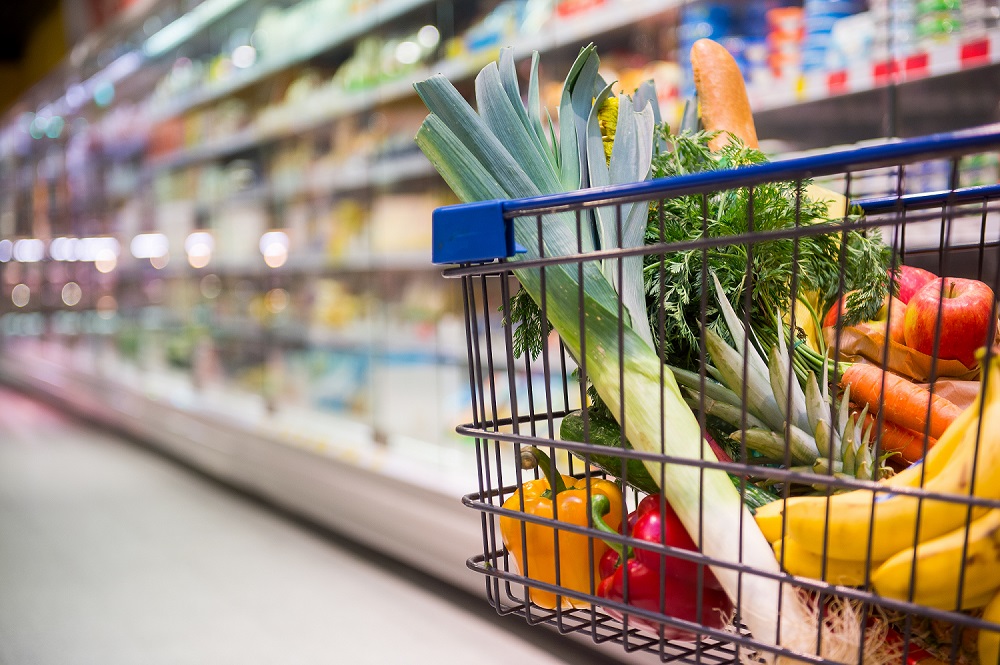We will have to wait until the end of this year to hope for a slowdown in the increase in food prices. So far, the level of food inflation has remained a concern, unlike the prices of many raw materials, which precisely experienced a sharp drop last year.
Eurostat recently indicated that inflation for food, alcohol and tobacco increased by +13.6% in April. This percentage is slightly lower than in March (+15.5%) but no other product category has seen such a price increase in the European Union.



